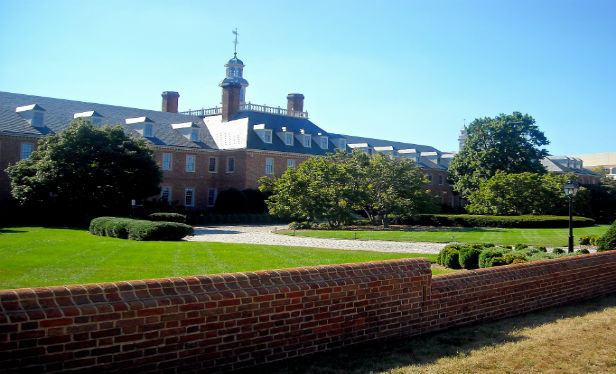
WASHINGTON, DC–Fannie Mae has added a new product to its Healthy Housing Rewards initiative, which it introduced last year. Called Enhanced Resident Services, its goal is to encourage multifamily borrowers to provide services that improve the health and wellbeing of tenants in affordable housing.
Examples would be health and wellness interviews and screens, connecting residents with government health benefits, monitoring of health coverage and providing transportation to off site health services, Bob Simpson, Vice President of Affordable and Green Financing tells GlobeSt.com. Other examples include after-school programs, on site food banks, resident programming that keeps tenants engaged in social interaction, financial literacy classes, job training or GED programs, he says.
“We want to make sure, being in the affordable business, that it's not just about liquidity but that it's also about having a tangible impact on people who are living in the properties that we are financing,” he says.
The program provides a reduction in the interest rate for a loan to provide these services. This will generally translate into a $15,000 to $75,000 savings, depending on the size of the loan, every year for the life of the loan, Simpson says.
Borrowers have found that providing a strong resident service support system to low-income renters provides value not just to the tenants but to the property as well, Simpson says.
In order to qualify for the program, the borrower has to get certified through a third-party called Stewards for Affordable Housing for the Future. It's a nonprofit multi-state group of affordable housing providers that offers compliance certifications for both the borrower and the property. To qualify, at least 60% of the units in the property must house residents earning at 60% of average median income or less.
Save
© Touchpoint Markets, All Rights Reserved. Request academic re-use from www.copyright.com. All other uses, submit a request to [email protected]. For more inforrmation visit Asset & Logo Licensing.







